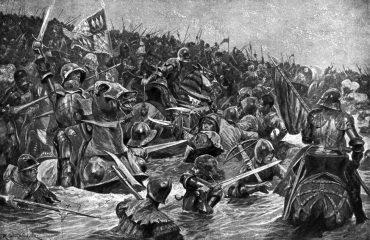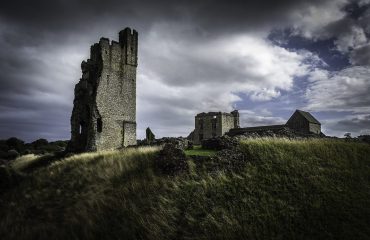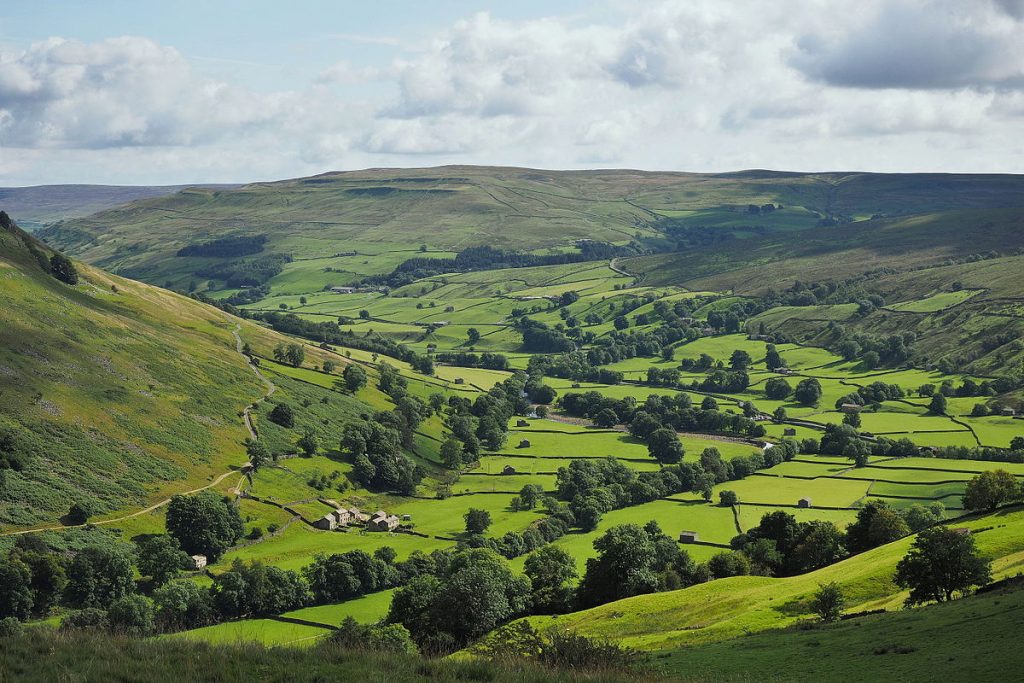
The Yorkshire Dales are one of the most gorgeous sites in Yorkshire. The dales had river Valleys and hills from an area known as the vale of York to the rises of the Pennines. The area contains an extensive limestone cave system and is a major UK caving area plus also has numerous walking trails through the hills and valleys.
Cultural aspects

The name of the dale areas come from a mix of Nordic and Germanic words highlighting the heritage of our area. Most of the dale areas are named after their river or stream that winds through the lowest area in the valley. For instance Ribbledale has the name of its river the Ribble preceding the Dale classification. There are a few exceptions named after villages or population centres instead. A famous one being wensleydale that is famous for the cheese that shares the same name. It is well known for its scenery, a mixture of green pasture lands separated by famous Yorkshire stone dry wall and characteristic amounts of sheep and cattle. With the greater majority of the rural area being utilized for agriculture in the pastoral sense. The residents in the area live mostly in small villages, hamlets or farmsteads. Constructed with a typical regional look of Yorkshire stone and traditional architecture. Many of them have expanded from the classical agricultural industry to the tourist industry. Creating pubs and hotels or just offering self catered accommodations.
Tourism
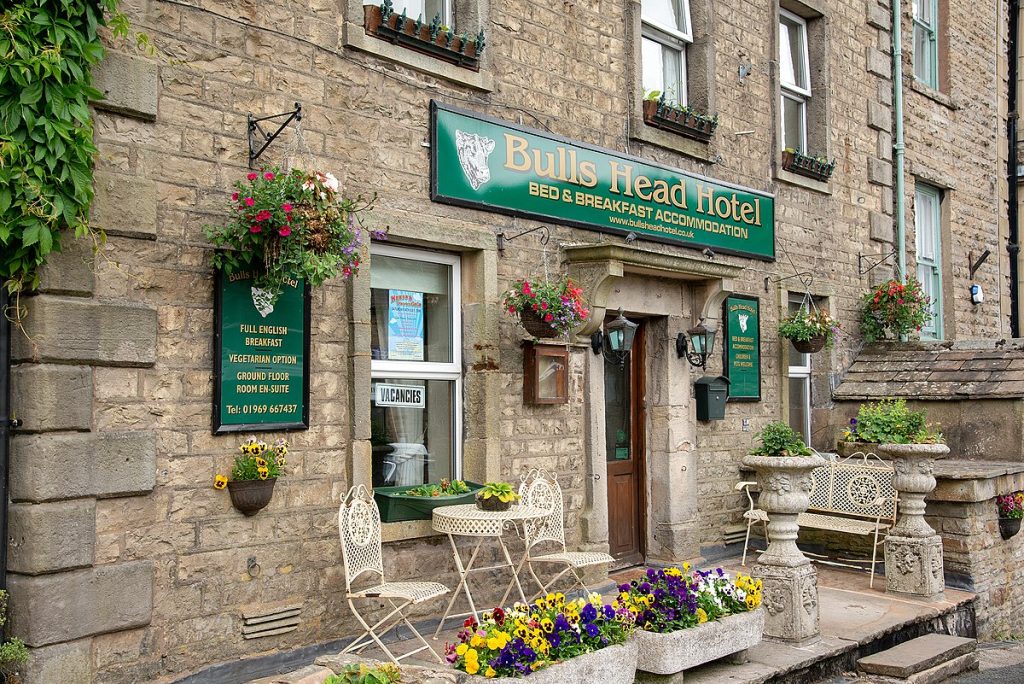
In 2019 the dales national park received a total of 4.7 million visitors with a breakdown of 4.2 million day visitors and 0.7 million overnight staying tourists. This influx is estimated to have contributed £374 million to the local economy and provided employment for around 4400 full time equivalent jobs. Visitors are primarily attracted to the area by the hiking trails with the stunning local backdrop also including a stunning array of waterfalls, picturesque villages and cliff-like rock faces, with the top attractions in the dales being, according to TripAdvisor, Ingleton waterfalls, Ingleborough and Malham cove. To provide for the tourists and boost connection there is a specific bus service known as the DalesBus that provides service throughout the dales during the summer months; they are a complement to the other services running around the interior of the dales.
Cave System
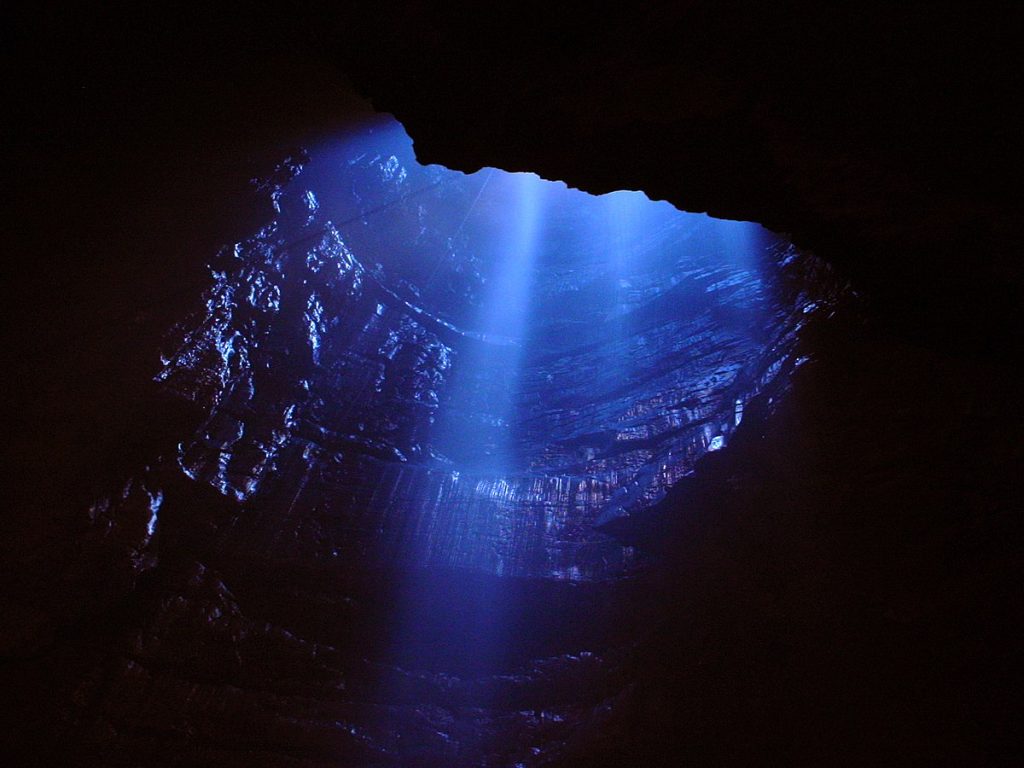
The dales itself also contains an extensive cave system including being a part of the 54 mile long three counties cave system. Making the whole area a great spot for caving especially as there are an estimated 2500 known caves, with a good many of them open to the public for tours or recreational caving there are also specialized show caves utilized for a better reception to visitors. There are three of these dedicated show caves to visit showcasing the extent of the cave system with the dales being home to the longest show cave system in England, known as the White Scar Cave and the other two show caves being Ingleborough cave and the Stump Cross Caverns. There are many other lesser known caves that are popular caving spots with many being beginner friendly. However, it is recommended you take a caving expert with you if you decide to try your hand at the activity. Some popular ones include the Great Douk cave and Long Churns and the Alum Pot and don’t forget the famous Gaping Gill. Although a few of these may be on private land so be aware if you plan on diving under Yorkshire.
National park
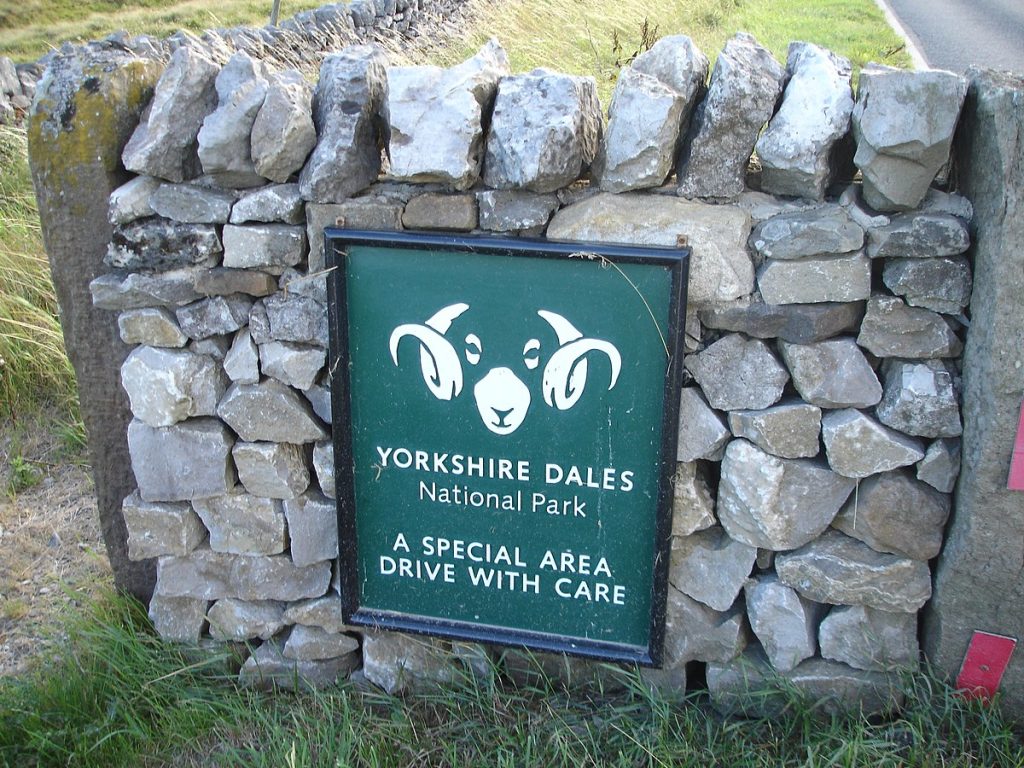
The national park covers most of the Yorkshire Dales and shares its name is 841 square miles and was designated as a national park in 1954 and the land area was extended in 2016. 95% of the land in the park is under private ownership with over a thousand farms situated across the area. In 2020 the park achieved international dark sky status becoming a dark sky reserve, an honour that confirms the low levels of light pollution in the area making it remarkably good for astronomy. Around 23 and a half thousand people live within the national park and its internal economy matches that of the dales as a whole being primarily tourism and agriculture. The museum dedicated to the area is the Dales Countryside Museum which is housed in the old heritage converted railway station in Wensleydale called Hawes Railway Station it houses artefacts that tell the history of the area and the people who have lived here. There are also five other visitor centres dotted around the park, usually in small villages such as Malham.


